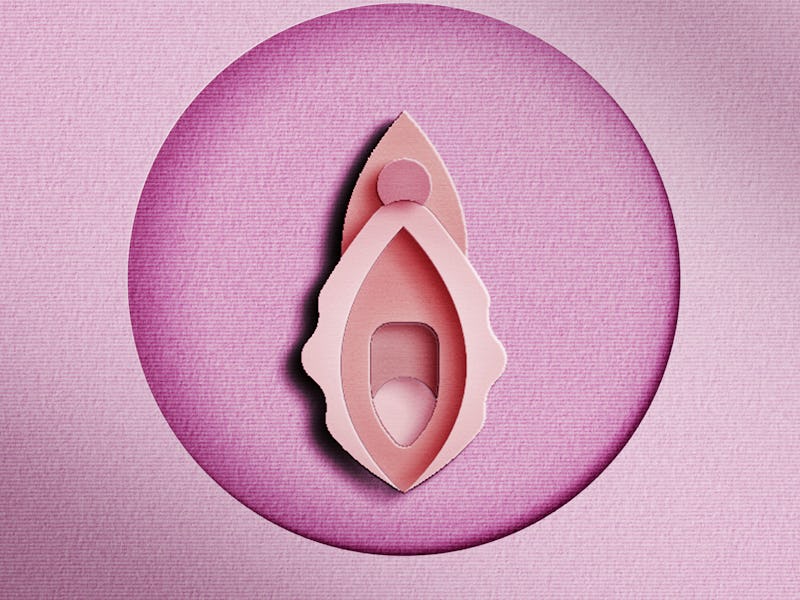Microbiome Study May Have Finally Solved An Enduring Mystery In Gynecology
It’s all about the sugars.

Let’s not beat around the bush: if you’ve got a vagina, it’s teeming with bacteria. That’s usually a good thing. The thousands of microorganisms colonizing every vaginal nook and cranny are there to keep it healthy, maintain a low pH (hovering anywhere between 3.8 and 5), and serve as the defensive line against invading infections.
But when the delicate microscopic balance is disrupted, serious harm can ensue. For around 30 percent of reproductive-aged women worldwide, these disruptions led to a condition called bacterial vaginosis, where there’s an overgrowth of some “bad” bacteria over other “beneficial” ones. Bacterial vaginosis doubles one’s risk of acquiring sexually transmitted infections like HIV and for pregnant individuals, it can increase the risk of pre-term birth and even pregnancy loss. Some recent studies suggest bacterial vaginosis may even increase your risk for cervical cancer.
It’s not clear why this disastrous bacterial overgrowth happens or even how it damages vaginal health. One piece of the puzzle, according to a new study published Wednesday in the journal Science Translational Medicine, may have to do with bundles of sugar molecules attached to the outside of cells comprising the vagina, called epithelial cells.
Researchers led by the University of California, San Diego, found that bacteria associated with bacterial vaginosis, like Gardnerella, produce enzymes that eat away at these sugar molecules. Because these sugars act as a protective barrier, their destruction may expose the vagina to attack by other intrusive bacteria and viruses, encourage inflammation, and thereby undermine reproductive health.
“The fact that we were able to replicate some of the effects of bacterial vaginosis suggests that we may be on the right track to finding a common cellular origin for the various complications associated with this condition,” Amanda Lewis, a professor in obstetrics, gynecology, and reproductive sciences at UC San Diego School of Medicine who co-authored the study, said in a press release.
Eating the protective layer
The fact bacterial vaginosis may be connected to bacteria munching down on sugar molecules protecting vaginal epithelial cells, called glycans, has been suggested in previous studies as far back as the 1990s. Bacterial enzymes, which help break down other molecules, were thought to be involved, as other studies have found with other types of sugars associated with vaginal and cervical epithelial cells. However, scientists weren’t quite sure what enzymes targeting glycans were doing.
For their study, Lewis and her colleagues looked at epithelial cells taken from vaginal fluid samples collected by the Contraceptive CHOICE Project, a separate study established in 2007 by the Washington University School of Medicine in St. Louis to provide nearly 10,000 St. Louis, Missouri, residents with birth control without any financial barriers.
Comparing samples from individuals with and without bacterial vaginosis, the researchers found the shield of sugar molecules encircling vaginal epithelial cells, called the glycocalyx, wasn’t as thick in the bacterial vaginosis samples compared to the normal ones. Instead, there were tattered remnants of broken-down glycans clinging to cells.
But what was behind the damage? The culprit appeared to be sialidase, an enzyme produced by the bad bacteria associated with bacterial vaginosis. When the researchers exposed normal vaginal epithelial cells to sialidase from bacteria like Gardnerella — often one of the most abundant microbes found in bacterial vaginosis — these cells also had their glycans gobbled right up.
More research needed
By losing their protective glycan layer, bacterial vaginosis appears to put vaginal epithelial cells in a vulnerable position that makes them easier to target and stick to by harmful bacteria. The researchers say the tie-in to reproductive health may be through processes like inflammation and cell death. But sussing this out even further to connect the dots to sexually transmitted disease risk or pre-term birth will be an ongoing study.
However, more immediately, these findings may help diagnose bacterial vaginosis more easily, especially as many individuals may have the condition and be unaware, not to mention run the risk of getting it again months later, even with antibiotic treatment.
“We now have a blueprint of the glycans present on epithelial cells in the vagina, and we showed that these glycans are shaped by the bacteria that live there,” Warren Lewis, an assistant professor in obstetrics, gynecology, and reproductive sciences at UC San Diego School of Medicine who also co-authored the study, said in the press release. “However, it will take more work to fully understand the functions of glycans in the vaginal epithelium and how bacterial vaginosis impacts those functions.”